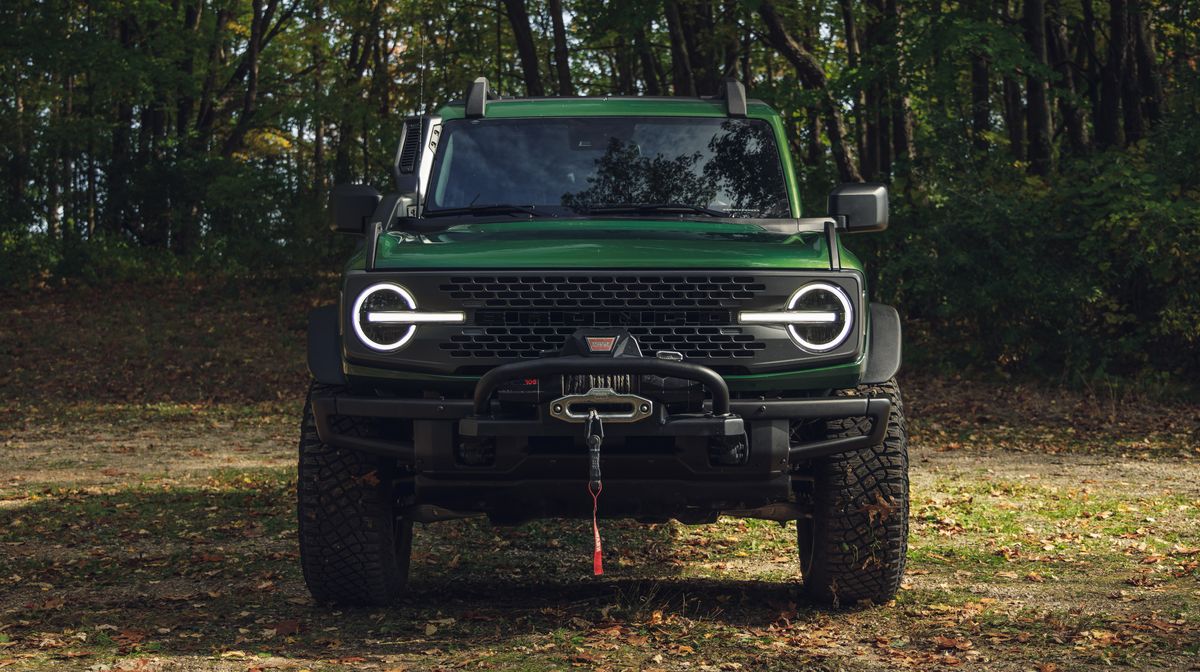Tested: 2023 Toyota Sequoia Looks More Modern, Still Needs Polishing

11/17/20222 Update: This review has been updated with test numbers for the 2023 Toyota Sequoia Capstone.
Few new vehicles have had a gestation period as long as the Toyota Sequoia’s. The outgoing generation of Toyota’s largest SUV arrived for 2008 and has languished for 15 model years as the rest of the full-size competition has advanced at a furious pace in refinement, drivability, technology, and desirability. But a redesigned Sequoia is finally here for 2023, sharing its platform with the equally fresh Toyota Tundra pickup and Lexus LX600 SUV. Its platform also serves as the basis for the global Toyota Land Cruiser, which has been unceremoniously dropped from the North American market. Given all the burdens that the new Sequoia must shoulder, our expectations were understandably high when we first got behind the wheel.
On paper, Toyota’s third-generation Sequoia is a solid package. Three rows of seats are standard, as is a hybridized twin-turbo 3.4-liter V-6 powertrain that makes 437 horsepower and 583 pound-feet of torque. Fuel-economy figures of 19 mpg city and 22 mpg highway for the four-wheel-drive Sequoia are much improved over the outgoing model, which carried EPA estimates of 13 mpg city and 17 mpg highway. The rear-wheel-drive Sequoia is rated at 21 mpg city and 24 mpg highway. Maximum towing capacity varies with vehicle weight, ranging from 8980 pounds for the heaviest four-wheel-drive Capstone up to 9520 pounds for the lighter two-wheel-drive SR5. Between these points, there’s a wide lineup of handsomely styled trim levels, including an off-road-oriented TRD Pro model with an electronically locking rear differential, Fox dampers, and 33-inch all-terrain tires. The more luxurious Limited, Platinum, and range-topping Capstone models should appeal to the mall-running crowd.
However, the new Sequoia feels only moderately accomplished on the road. The hybrid powertrain and its attendant 10-speed automatic transmission are plenty smooth and powerful when you mash the accelerator. At our test track, we recorded a snappy 5.6-second run to 60 mph in our four-wheel-drive Sequoia Capstone. That’s quicker than the GMC Yukon Denali we last tested, which needed 6.0 seconds, but behind the Ford Expedition Timberline’s 5.1 seconds. The Sequoia’s quarter-mile result, similarly, falls between those other SUVs at 14.3 seconds at 94 mph.
But the rest of the Sequoia’s driving behavior makes it feel every bit like the shipping-container-sized SUV that it is—in other words, unwieldy. It feels extra wide, making it harder to place in a lane than we’d like, a trait that’s worsened by steering that’s rather light in effort. Cornering grip is relatively high. The Sequoia stuck to our skidpad at up to 0.76 g, which is more than we can say for the Ford and the GMC, but subjectively the Toyota feels less planted than those other SUVs. Its brake pedal also feels squishy on initial application, which isn’t a boon for driver confidence, and the Sequoia needed 194 feet to stop from 70 mph.
